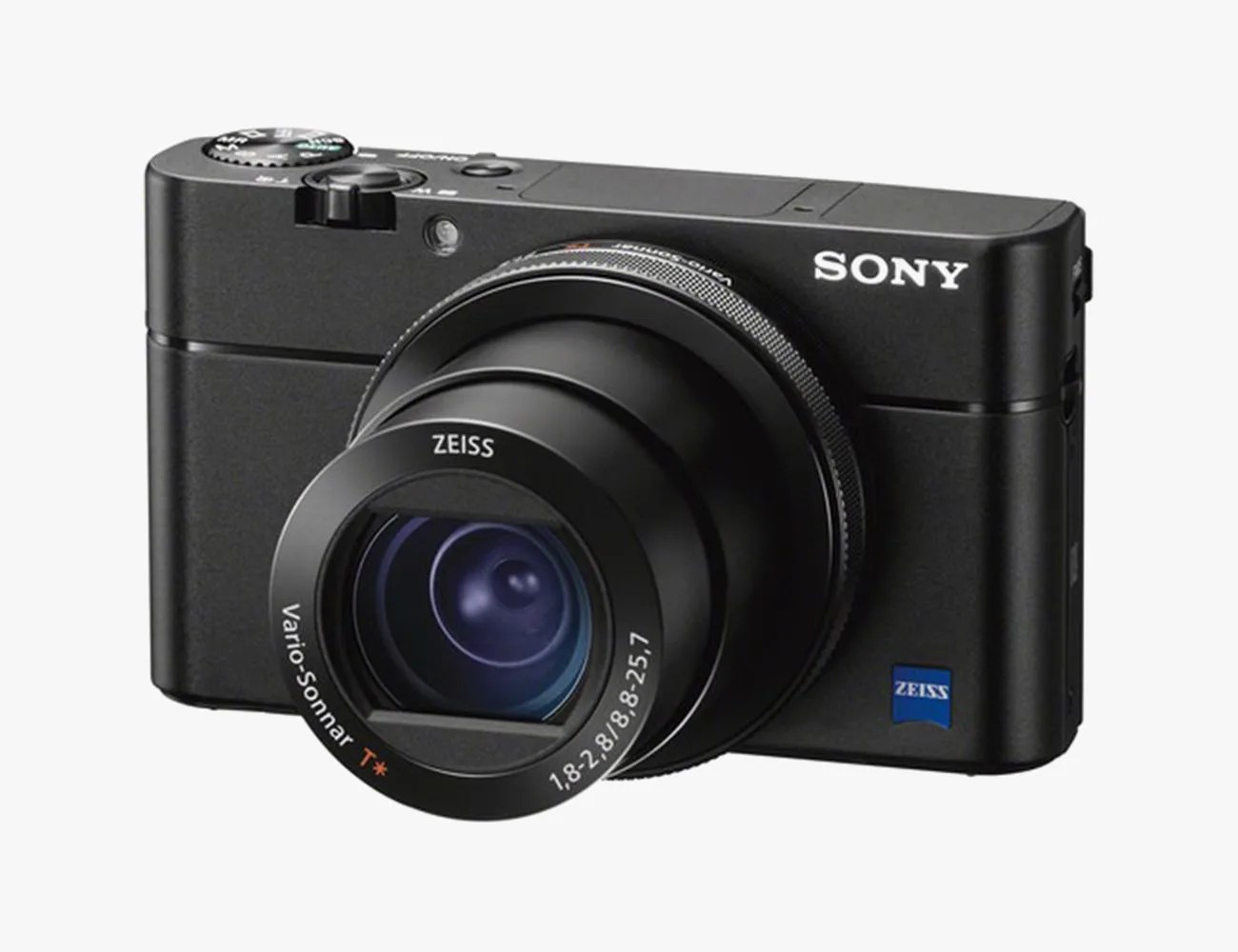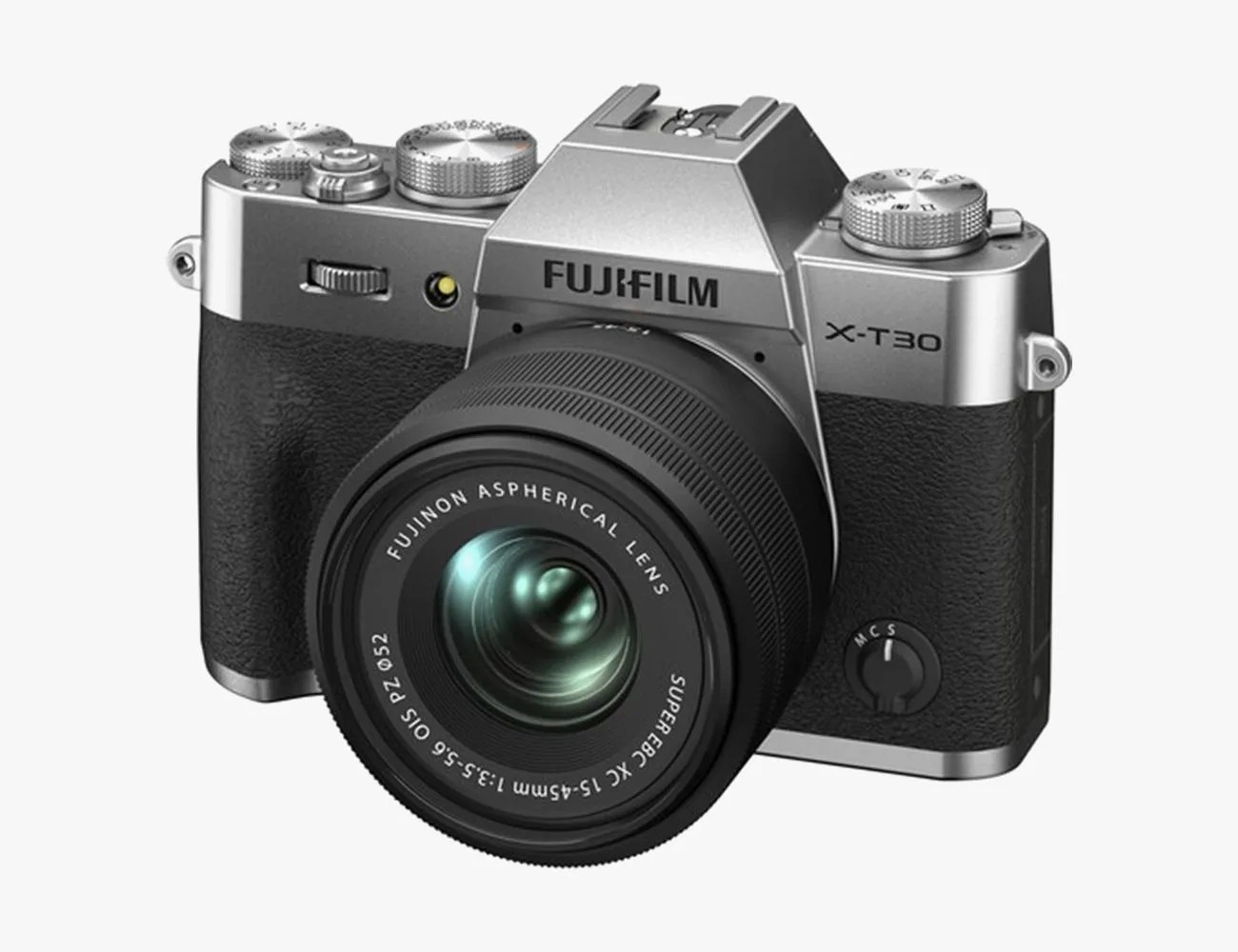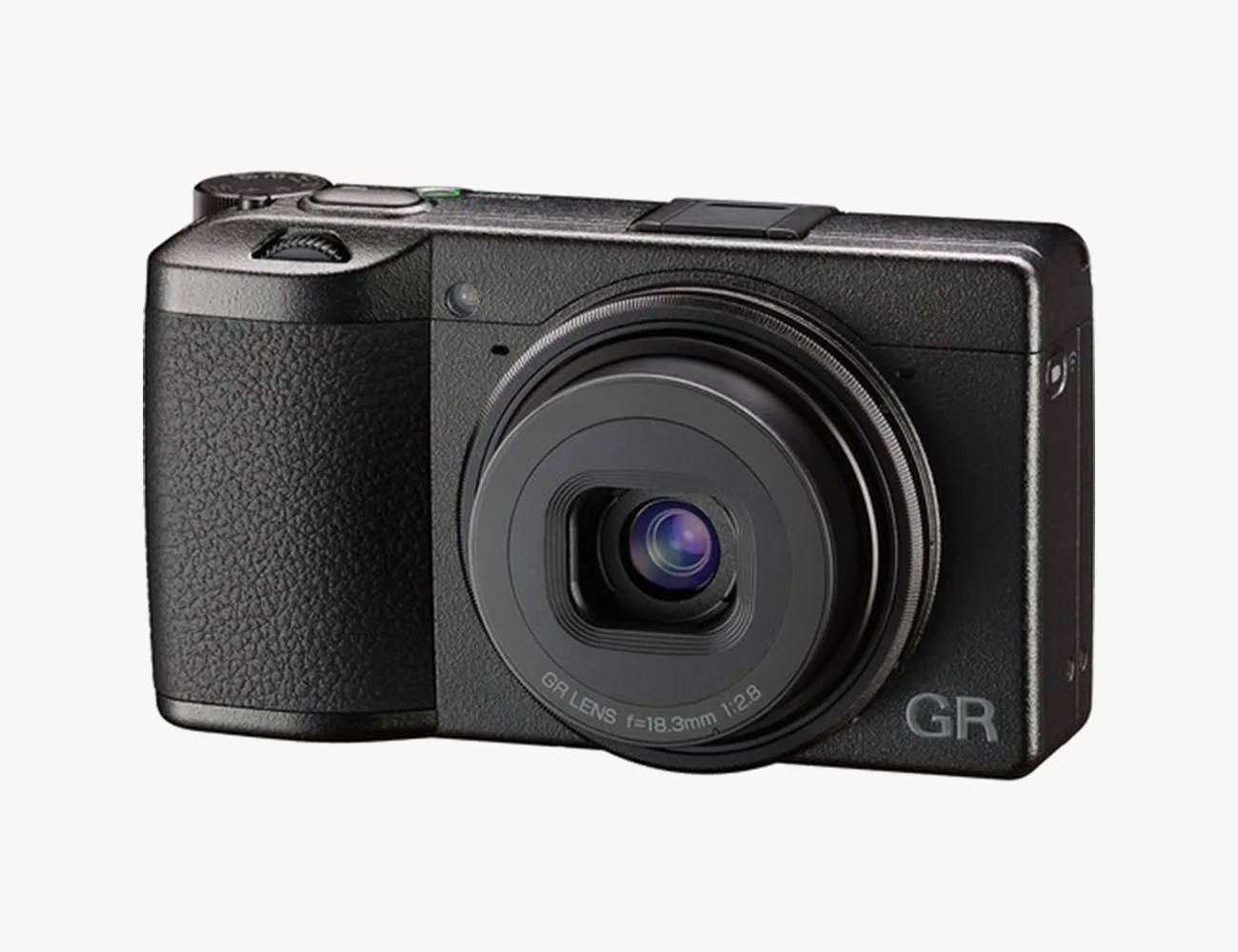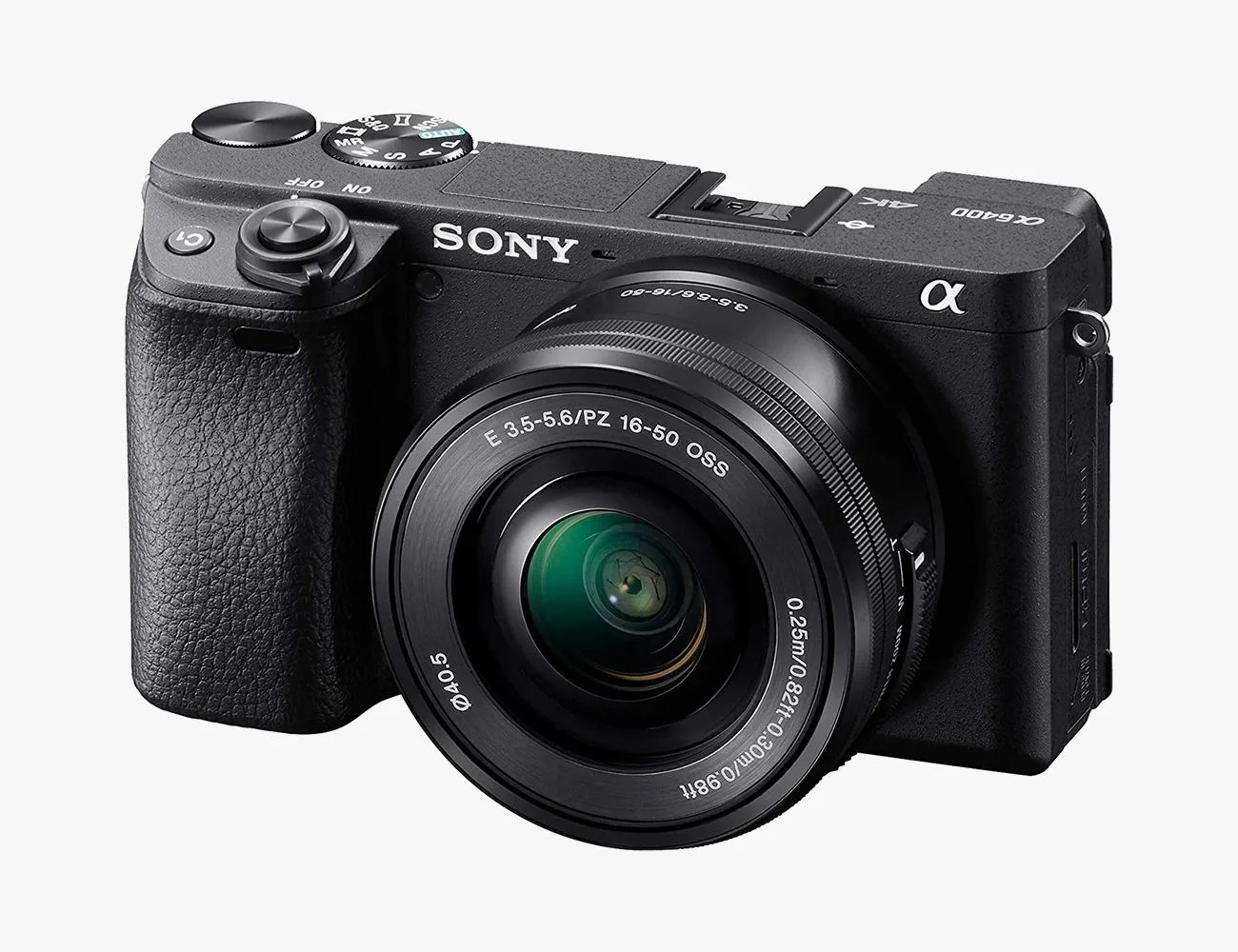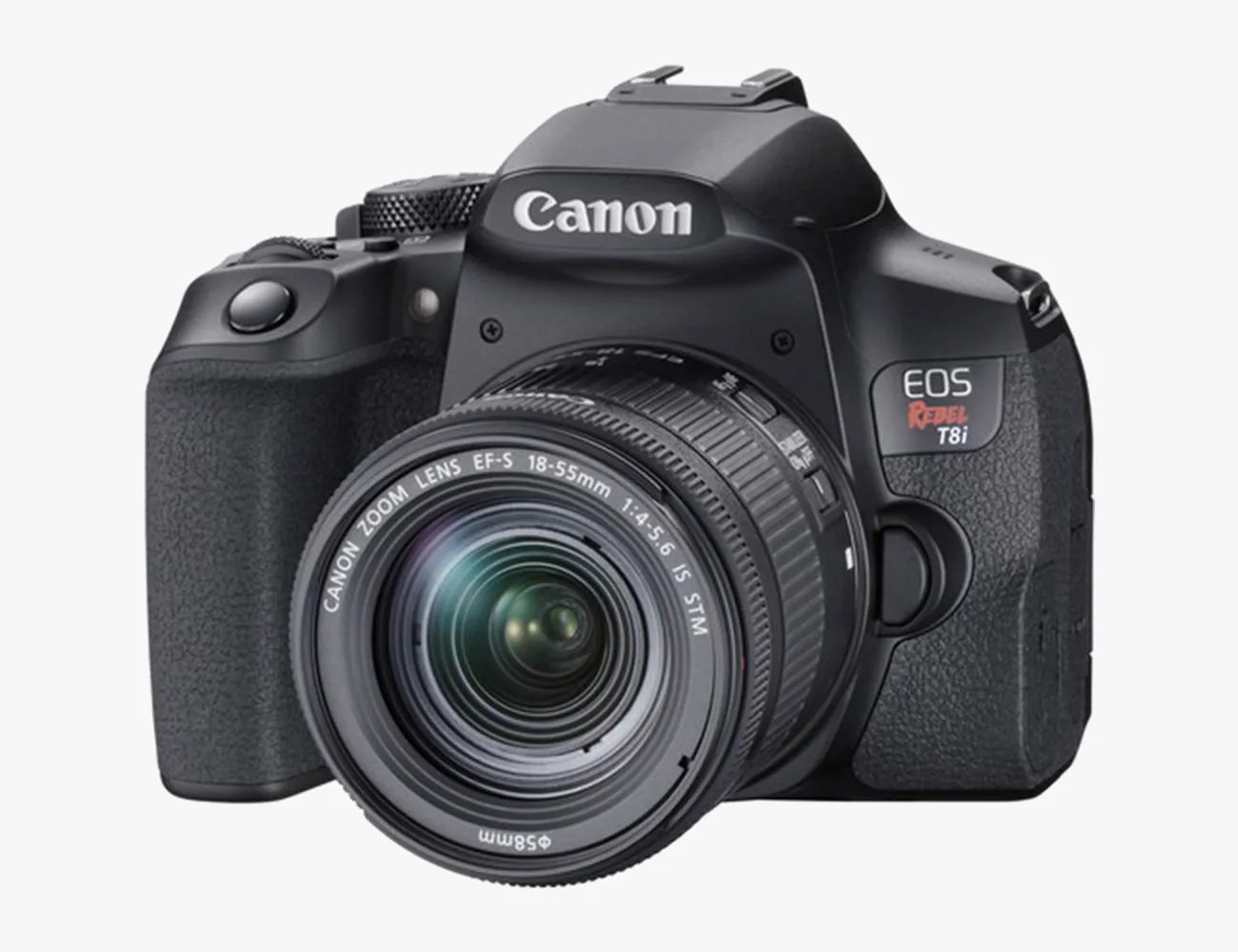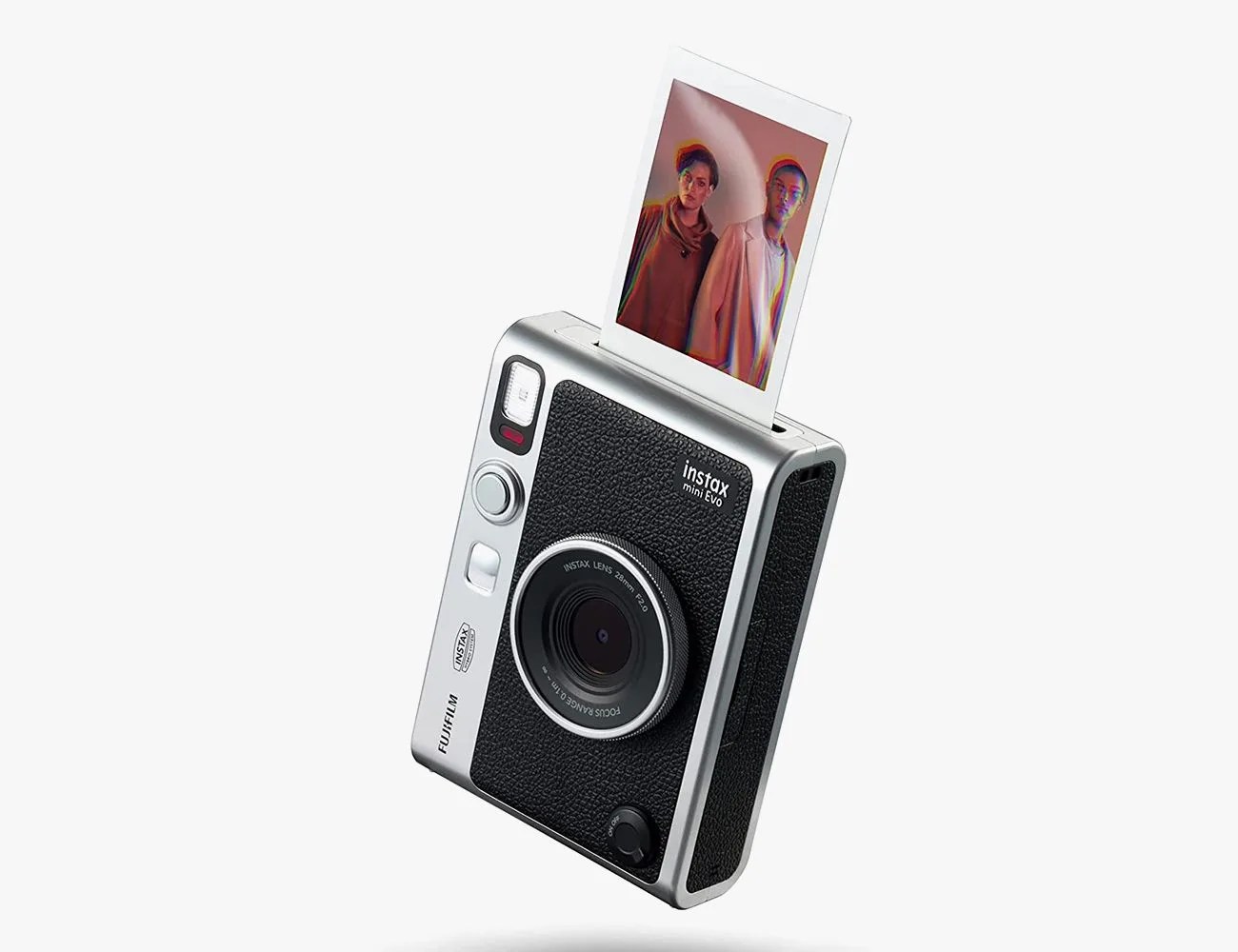The main question when most people are shopping for a camera these days is pretty simple: “Will this be better than using my phone?”
The answer — especially with the quality of the latest generation of flagship phone cameras — seems to get murkier every year.
At the very top end of cameras — figure $2,000 or more — it remains a fairly easy answer in the camera’s favor. Where smartphones are really starting to apply pressure, however, is on cameras under $1,000. That said, there’s still a crop of really excellent cameras that not only provide results that your iPhone could only dream of, but allow a shooting experience that’s more engrossing, more satisfying and more fun than tapping on a glass screen.
A Quick Editor’s Note: We focused on cameras that could be had *with a lens* for less than $1,000. If your budget of $1000 is strictly for a camera body, also consider the Fujifilm X-S10 and the Canon EOS RP.
Products in the Guide
-
Sony Cyber-shot DSC-RX100 VA
Best Compact Camera for Most People
Read more -
Fujifilm X-T30 II (w/XC 15-45mm f/3.5 Lens)
Best Interchangeable for Most People
Read more -
Ricoh GR III
Best Compact for the Purist
Read more -
Sony Alpha A6400 (w/ 16-50mm Lens)
Best Interchangeable for the Deep Diver
Read more -
Canon EOS Rebel T8i (w/ 18-55mm Lens)
Best DSLR Under $1000
Read more -
Fujifilm Instax Mini Evo
Best High-End Instant Film Camera
Read more
What to Look for in a Camera for Under $1,000
Sensor Size
Camera sensor size can be a tough spec to grasp, but generally, think ‘bigger is better’. Sensor size and lens size/complexity are the key factors to outperforming your phone’s camera. An iPhone’s sensor is (relatively) quite tiny, which hampers things like background blur and low light performance (it’s why phone makers have had to use software trickery to help these).
The sensor sizes you’ll most often encounter when shopping for a camera around this price range are 1″ (good), APS-C (better), and Full Frame (best). The naming conventions of sensor sizes are seemingly tailor-made for confusion — we’ve found that this diagram from Shuttermuse helps.



